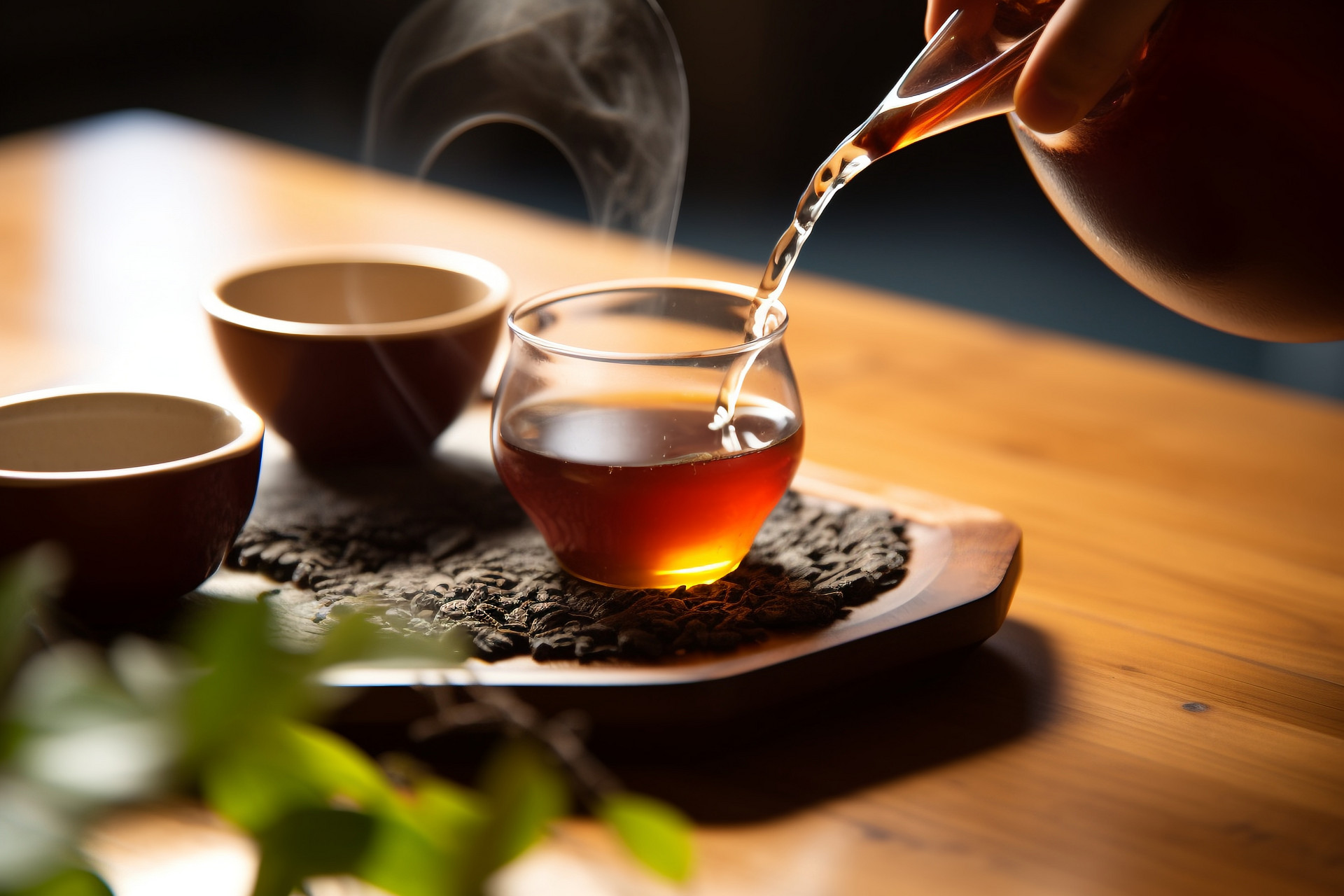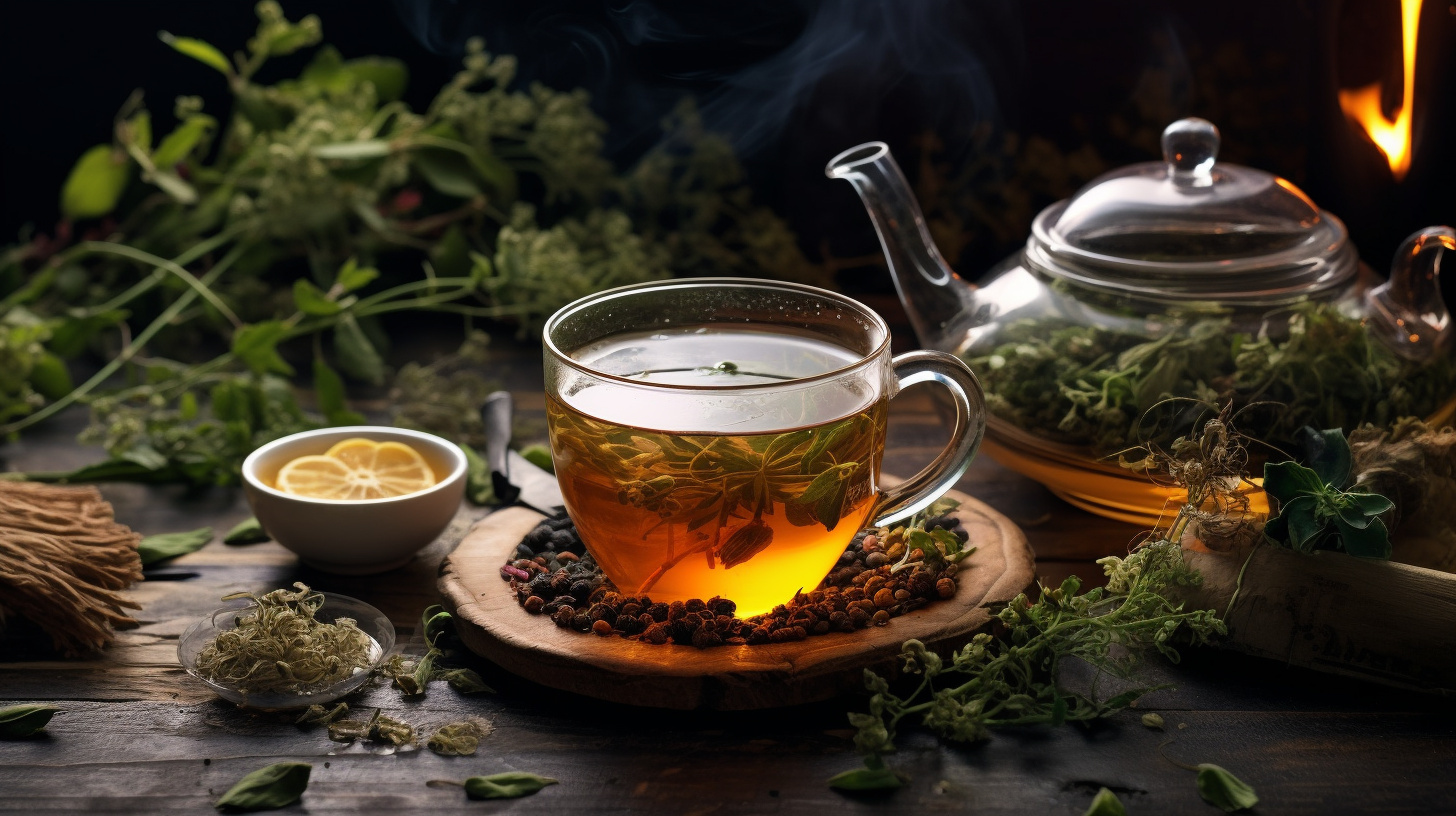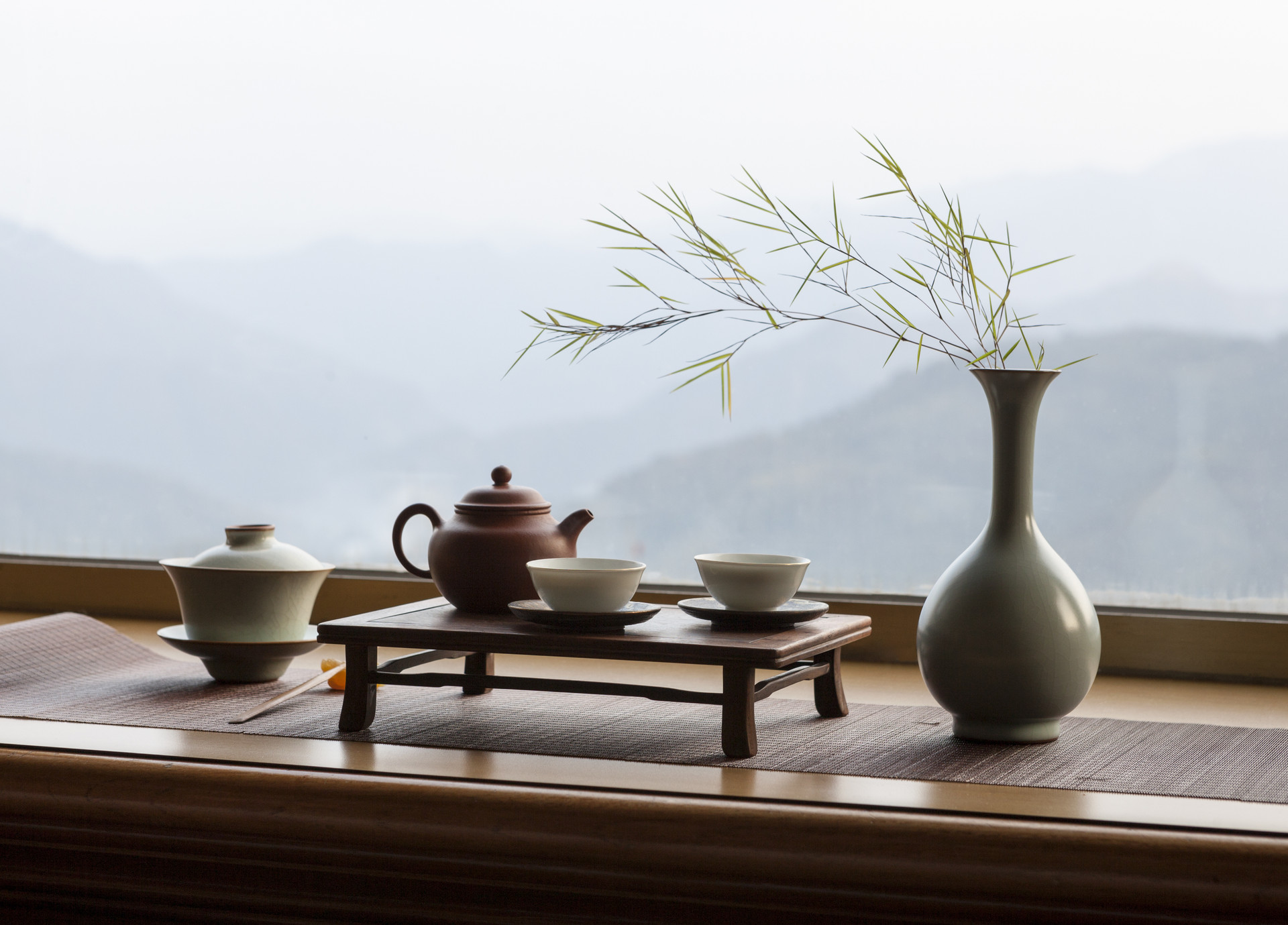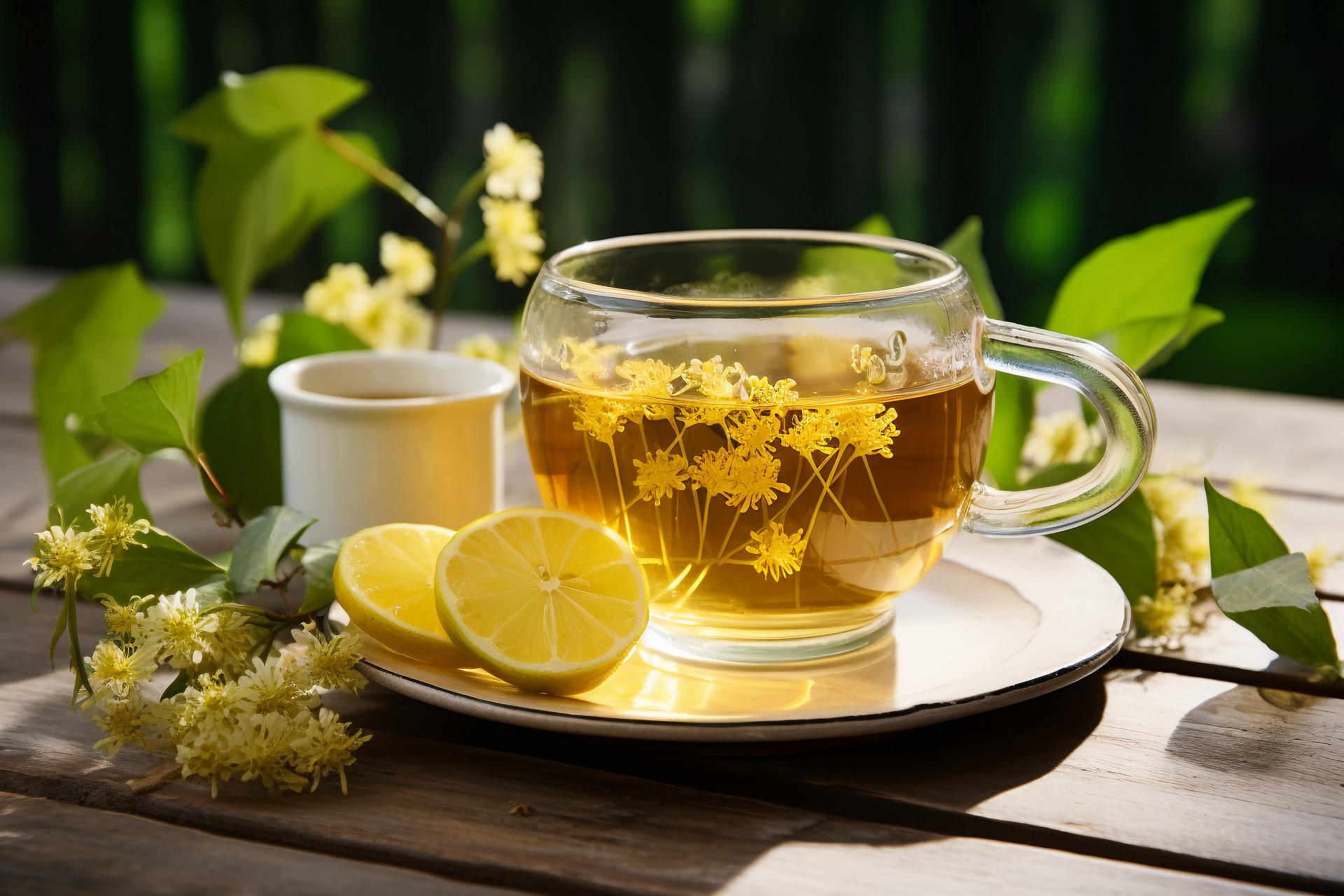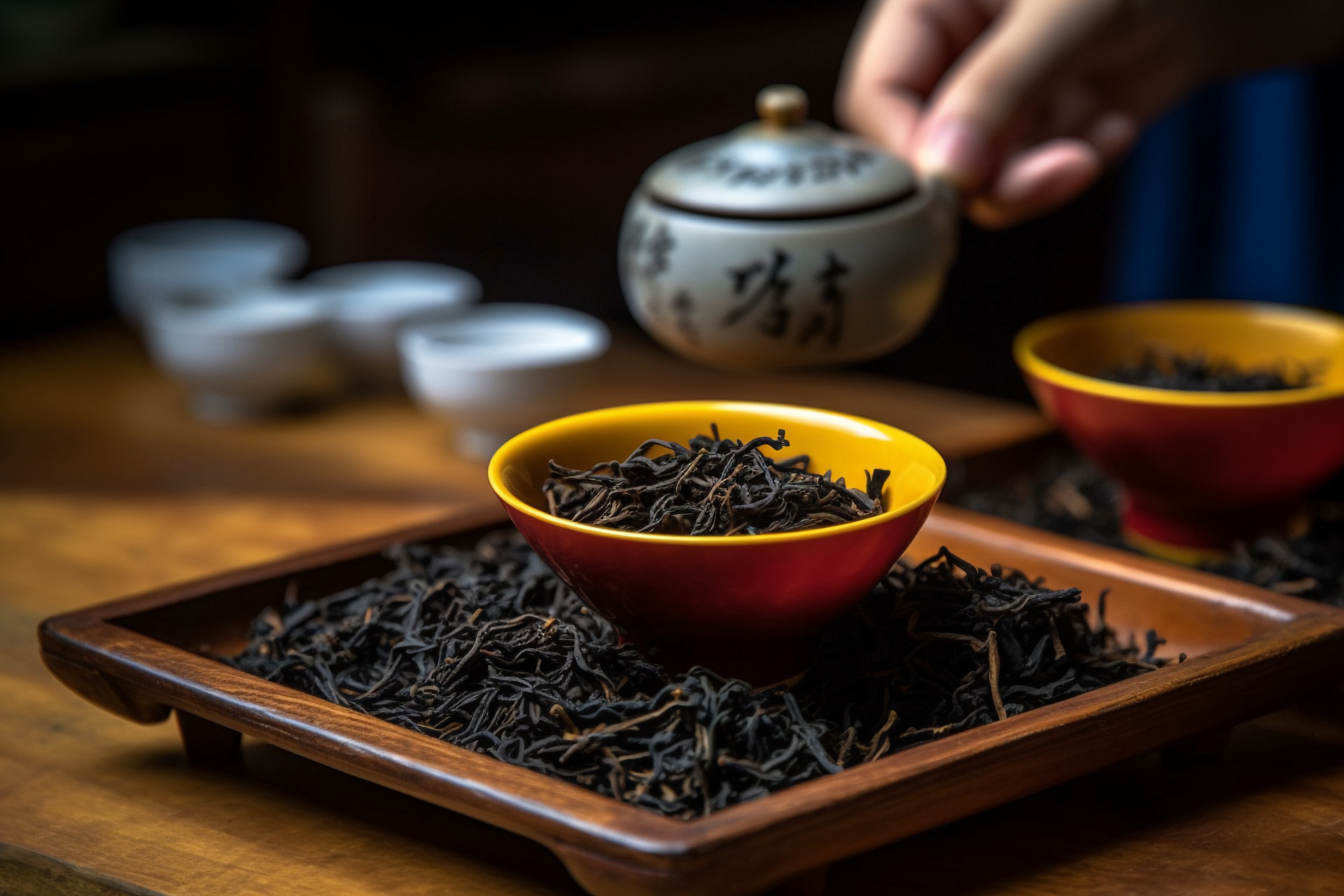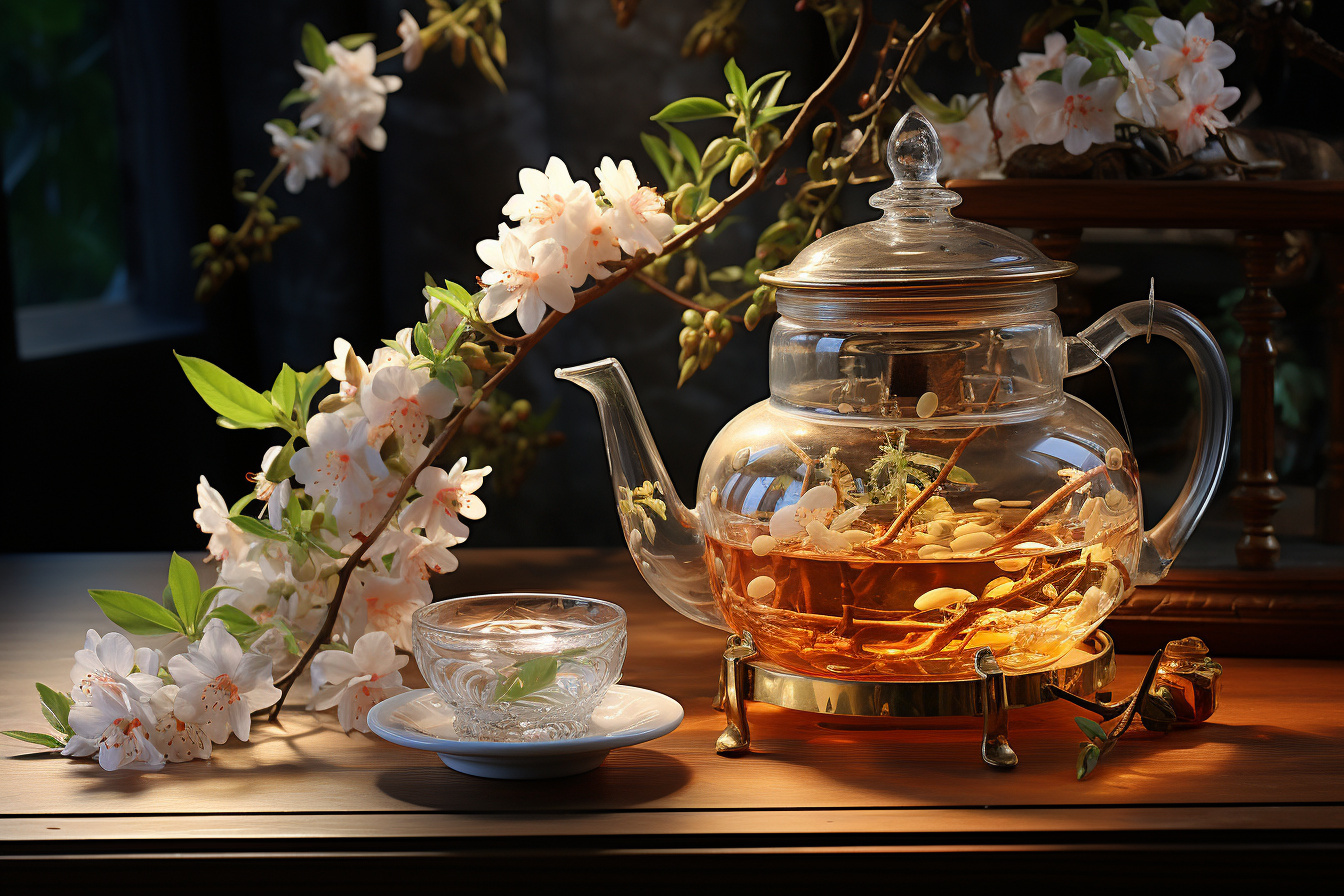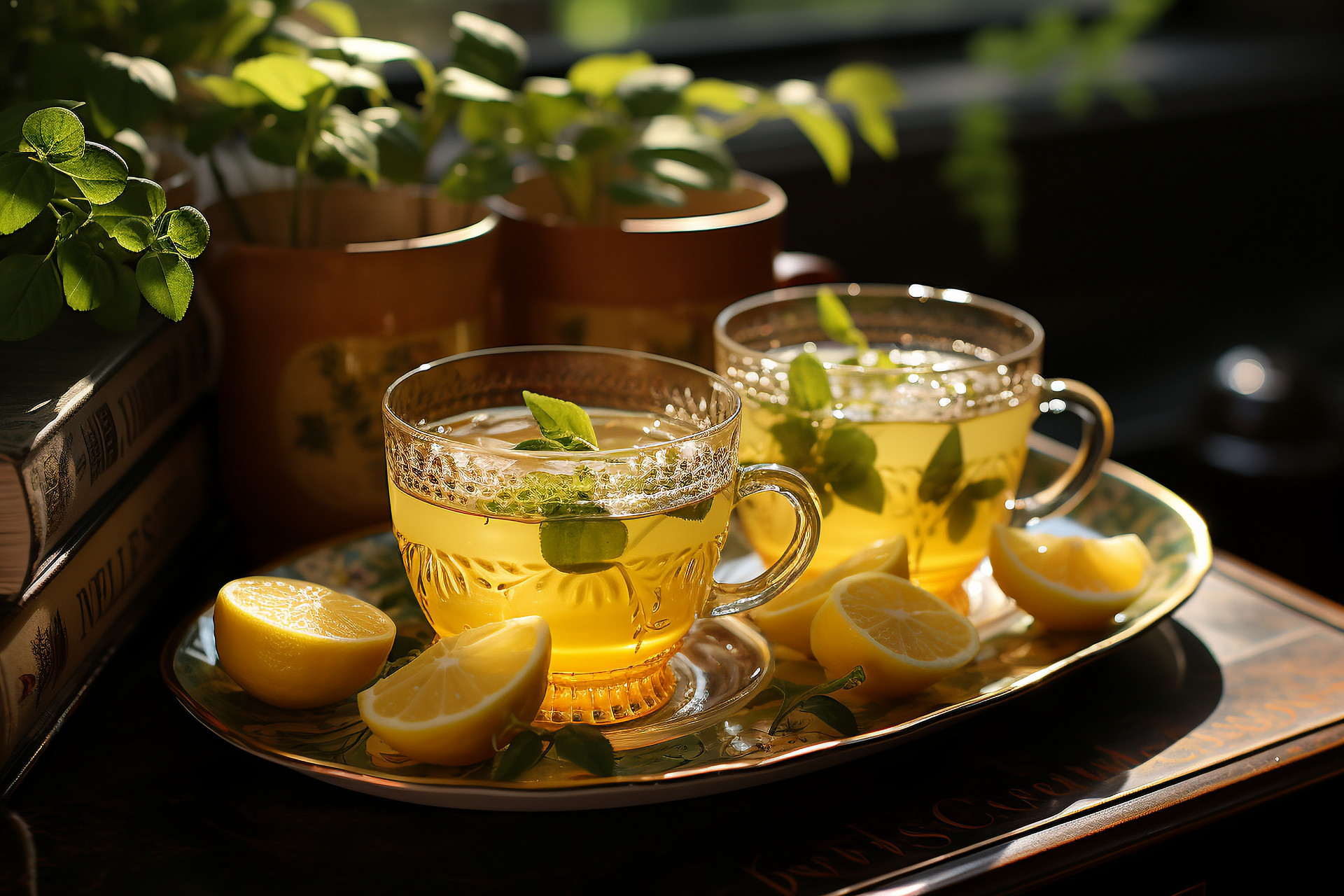High blood pressure tea, as the name suggests, is a way of using tea to help lower blood pressure, relieve symptoms of hypertension, and promote health. So what are the common high blood pressure teas? Let's take a look together.
1. Chrysanthemum Hawthorn Tea
Chrysanthemum and tea leaves, each 10 grams, hawthorn 30 grams. Brew with boiling water and replace with tea. Take 1 dose daily and drink regularly. It can clear heat, lower blood pressure, aid digestion, lower cholesterol, and is suitable for high blood pressure, coronary heart disease, and hyperlipidemia.
2. Summer Cypress Tea
Clean the summer cypress and plantain, put them in a teapot, brew with boiling water, and replace with tea. Drink it at any time. It functions to clear heat, regulate liver, diuretic, and lower blood pressure. It is suitable for symptoms such as headaches and dizziness caused by hypertension. Blood pressure should be measured regularly during the drinking process to avoid dizziness caused by relatively low blood pressure.
3. Long Tea Powder
Green tea 50 grams, Chinese skullcap 30 grams. Grind them into fine powder and take with warm water. Take 3 grams each time, twice daily. It can clear heat, relieve fire, regulate liver, and lower blood pressure. It is suitable for symptoms such as hypertension and bitter taste caused by excessive liver fire.
4. Mulberry Mistletoe Tea
Mulberry mistletoe is good for nourishing liver and kidney, and strengthening tendons and bones. Pharmacological studies have proven that mulberry mistletoe has the effects of lowering blood pressure, sedation, and diuresis. It can dilate coronary blood vessels and increase coronary blood flow. Summer cypress can clear liver and lower blood pressure. Therefore, this formula is particularly suitable for hypertension caused by insufficient liver and kidney, and soreness in the waist and knees.
5. Cassia Seed Tea
What's good for high blood pressure? Cassia seed tea is a good choice. Take 250 grams of cassia seed and an appropriate amount of honey. Roast the cassia seed with honey and store it in a glass bottle after cooling. Use 10 grams each time, brew with water and replace with tea. This formula can clear the head and eyes, promote bowel movements, and treat symptoms such as headache and dizziness caused by high blood pressure.
6. Celery Red Date Tea
Take 350-700 grams of celery, 100-200 grams of red dates, and 10 grams of green tea. Boil with an appropriate amount of water. Drink it in 3 doses throughout the day. It can nourish the liver and blood, clear heat and diuretic, regulate the stomach, and relieve heat in the chest. It is suitable for high blood pressure, as well as acute icteric hepatitis and cystitis.
7. Fo-Ti Tea
Fo-Ti has the effect of reducing blood lipids and preventing blood clot formation. Fo-Ti tea is very effective for people with elevated blood lipids. The preparation method is to take 20-30 grams of Fo-Ti, boil it with water for 30 minutes, cool it to room temperature, and drink it as tea once a day.
8. Orchid Tea
Take 4-5 grams of orchid and brew with water. Orchid contains orchidin and orchid saponins, which have good regulatory effects on high blood pressure, blood sugar, and abnormal blood lipids.
9. Robma and Fanciu Tea
Take 3-5 grams of robma or fanciu, brew with hot water in a cup, and let it steep for about 5 minutes. Drink it as tea 1-3 times a day. It can clear heat, detoxify, anti-inflammatory, and soften blood vessels. It is suitable for people with high blood pressure.
10. Corn Silk Tea
Corn silk not only has the effect of lowering blood pressure, but also has the effects of stopping diarrhea, stopping bleeding, diuresis, and nourishing the stomach. Brew the tea and drink it several times a day, 25-30 grams each time. The efficacy of using corn silk to treat edema and hypertension caused by nephritis is particularly significant.


![[The Risks of Eating Hawthorn During Pregnancy]](https://tcmmaintenance.com/uploads/20240715/97742b67f97f94c495ae1389337c5c41.jpg)
